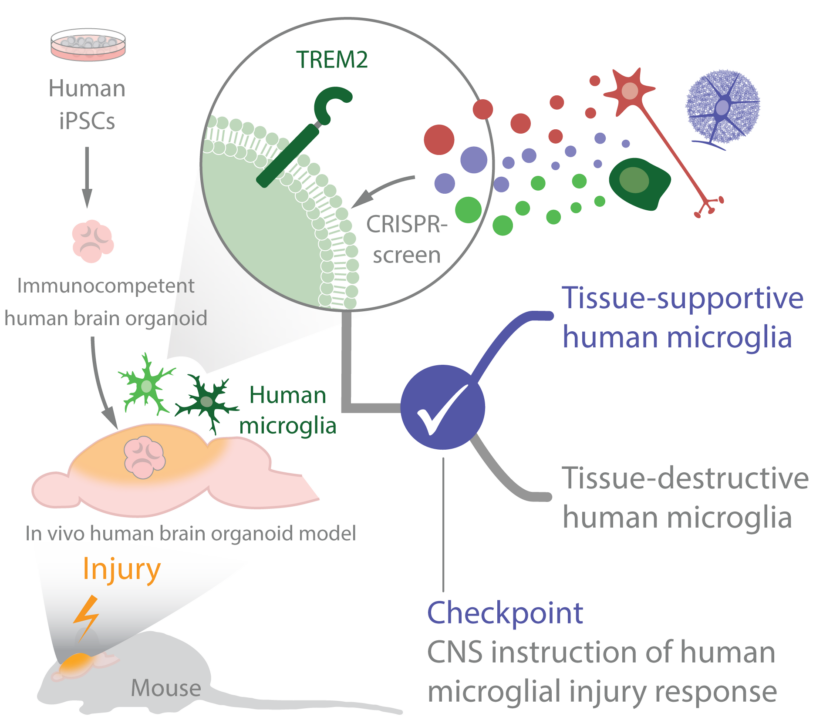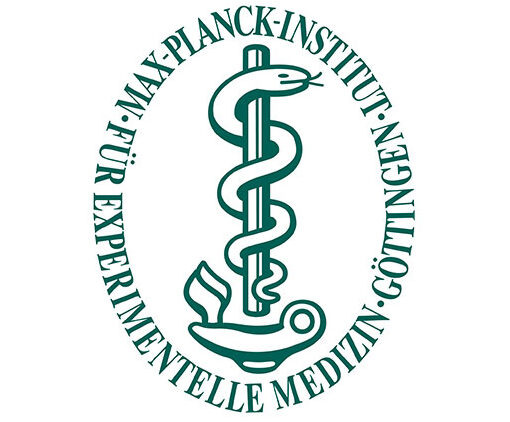
Summary
Despite the critical role of microglia in human brain pathologies, the molecular mechanisms that govern the diverse and context-dependent set of phenotypes are poorly understood. This project will introduce a highly versatile human brain organoid-based in vivo platform for investigating human glial cells that operate within a vascularized human brain-like environment. Using this platform, we aim to dissect the molecular networks that control human microglia cell responses during CNS injury in order to identify molecular checkpoints that could be manipulated to promote CNS recovery.





